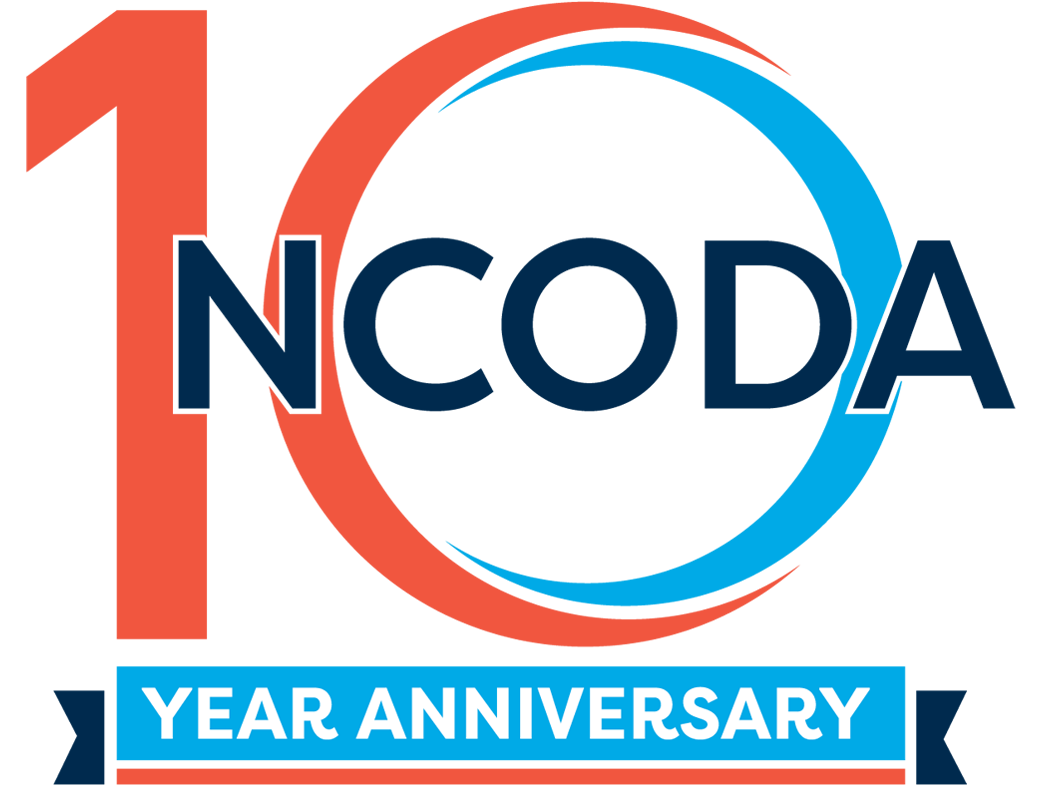2026 International Spring Forum
April 15, 2026 | 12:00 PM EST
FDA Eliminates CAR-T REMS: What This Means for Community Oncology and Partner Support
Published Date: July 17, 2025
Share

Author:
Sharita Howe, PharmD
In June, the FDA announced the removal of Risk Evaluation and Mitigation Strategies (REMS) for all approved autologous CAR-T therapies1. The decision signals a shift in how safety oversight is managed—moving from federally mandated protocols to standard clinical governance at treatment centers.
While this regulatory change may not lead to widespread expansion of CAR-T programs immediately, it does remove one of the structural barriers to adoption—particularly for community practices already managing complex immunotherapies.
Current CAR-T Utilization and Challenges
CAR-T therapy remains a game-changing option for patients with select hematologic malignancies. But its delivery has largely remained centralized at large academic institutions, due to infrastructure requirements, staffing needs, and regulatory demands.
Recent data highlight the current state of access:
- Only 6% of community oncologists administer CAR-T in-office2.
- 39% refer just two out of every five eligible patients to external centers for CAR-T treatment2.
- The remaining do not refer or administer at all—largely due to barriers including limited infrastructure, financial constraints, care coordination complexity, and historically, REMS compliance requirements3,4,5.
Impact of FDA REMS Elimination
In a recent survey conducted with NCODA’s Executive Council, responses reflected a mixed but cautiously optimistic outlook on the impact of this regulatory change:
- Most respondents (6 out of 8) indicated that they do not expect a meaningful increase in patient access within their practice.
- However, several noted that the removal of administrative burden could positively affect care team operations.
- A few participants saw the change as an opportunity to accelerate outpatient CAR-T delivery, particularly in practices that already have experience administering bispecific therapies
Who Will Be Most Affected—and What They Need
Pharmacy teams were most frequently identified as the internal stakeholders most impacted by this shift, followed by infusion [nursing], scheduling, and financial authorization staff. Importantly, while the REMS program has ended, the operational demands of safely delivering CAR-T therapy remain high—especially in outpatient environments.
When asked what resources would be most valuable to support implementation or expansion of CAR-T programs, practices emphasized:
- Outpatient implementation resources, including SOPs and home-monitoring protocols
- Staff education and training, particularly for nursing and pharmacy
- Patient education materials, such as education sheets and treatment support kits
- Financial navigation support
- Access to peer best practices to guide safe and scalable rollout
In practice discussions, several providers expressed continued confidence in managing safety protocols, noting that established at-home monitoring workflows—often led by nurse practitioners—will remain in place even as REMS requirements fall away.
The Role for Partners
For partners, this regulatory change presents a timely opportunity to revisit how they support community-based CAR-T programs. While the end of REMS won’t solve every barrier, it does open the door for more practices to consider adoption—and more opportunities for aligned support.
Whether through implementation toolkits, clinical training, or streamlined patient access resources, partner organizations have a role to play in helping practices navigate this next phase of CAR-T delivery.
At NCODA, we’ll continue gathering insights from practices and sharing what works. If your organization is developing resources to support outpatient CAR-T, we’d love to hear from you.
Additional Resources
- U.S. Food & Drug Administration. FDA eliminates Risk Evaluation and Mitigation Strategies (REMS) for autologous chimeric antigen receptor (CAR) T cell immunotherapies. Published June 24, 2024. Accessed July 2025. https://www.fda.gov/news-events/press-announcements/fda-eliminates-risk-evaluation-and-mitigation-strategies-rems-autologous-chimeric-antigen-receptor
- Targeted Oncology. Understanding CAR T-cell therapy utilization patterns in the community oncology setting. Accessed July 2025. https://www.targetedonc.com/view/understanding-car-t-cell-therapy-utilization-patterns-among-the-community-oncology-setting
- Association of Community Cancer Centers (ACCC). Bringing CAR T-Cell Therapies to Community Oncology. Accessed July 2025. https://www.accc-cancer.org/docs/projects/bringing-car-t-cell-therapies-to-co/bringing-car-t-cell-therapies-to-co.pdf?sfvrsn=304cf153_0
- Jain MD, Locke FL. CAR T-cell therapy: A collaboration between authorized treatment centers and community oncologists. Blood. 2024;144(Suppl 1):7594. https://pubmed.ncbi.nlm.nih.gov/38531760/
- The Dedham Group. Broadening Access to CAR-T Through the Community. Accessed July 2025. https://dedhamgroup.com/broadening-access-to-car-t/






